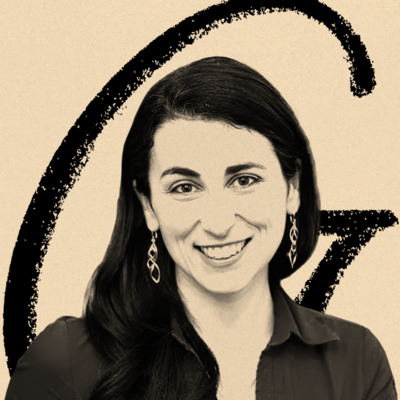
I recently signed a six-figure book deal with Simon & Schuster for my book Building a Second Brain.
As a first-time author, and in the midst of the greatest economic crisis in a generation, this is a spectacular outcome. It took a year of hard work, a team of editors and advisors, and countless proposal drafts and revisions, along with a heavy dose of luck.
My guide through this process was The Essential Guide to Getting Your Book Published (affiliate link), recommended to me by my agent as an industry standard. It is a monster 500-page book detailing everything (and I mean everything) you would ever want to know about landing a book publishing deal.
This series is a summarized collection of insights drawn from this book, other published sources, and my own experience. I’ll do my best to focus on the most interesting, unusual, counterintuitive, or important pieces of advice for writers interested in one day navigating the waters of the publishing world.
My hope is that it gives those of you who are just beginning your writing journey a better window into the process. That it helps you be more strategic about publishing your writing while avoiding common mistakes and pitfalls.
The 3 Paths to Publishing
There are essentially three paths you can take to publish your book:
- Traditional publishing through the “Big 5” publishing houses (HarperCollins, Penguin Random House, Simon & Schuster, Hachette, and Macmillan)
- Independent presses that range in size from fairly large ones (like W.W. Norton), to smaller university presses, to one-person shops
- Self-publishing, such as on Amazon’s Kindle Direct Publishing (KDP) platform
There are many factors to consider when choosing which of these routes to take. There is no “correct” path for everyone, or for every book.
The pathway you choose depends on your abilities, your preferences, and your goals. I’ve previously written about the pros and cons of each of them in The Four Pathways of Modern Book Publishing, explained why I chose traditional publishing to advance my own goals in The Case for Traditional Publishing for Full-Stack Freelancers, and laid out my publishing strategy in My 10-Step Book Publishing Strategy.
In this series, I’m going to focus on the first option – signing a book deal with a Big 5 publisher – and on the first all-important milestone in that journey – landing a publishing deal for your book.
We’ll start at the point where you have a book idea and are ready to start writing a proposal for it. Even if you’re not at that point yet, knowing what it will look like when you get there can help you decide whether you even want to try.
I suggest you view this as a practical guide if you’re already an experienced writer, or as a window into a normally opaque industry if you’re not. My goal is simply to help you understand what it looks like and what it takes to succeed in the traditional publishing game.
Here are the topics we’ll cover in the rest of the series:
Find Out What
Comes Next in Tech.
Start your free trial.
New ideas to help you build the future—in your inbox, every day. Trusted by over 75,000 readers.
SubscribeAlready have an account? Sign in
What's included?
-
Unlimited access to our daily essays by Dan Shipper, Evan Armstrong, and a roster of the best tech writers on the internet
-
Full access to an archive of hundreds of in-depth articles
-
-
Priority access and subscriber-only discounts to courses, events, and more
-
Ad-free experience
-
Access to our Discord community

Comments
Don't have an account? Sign up!